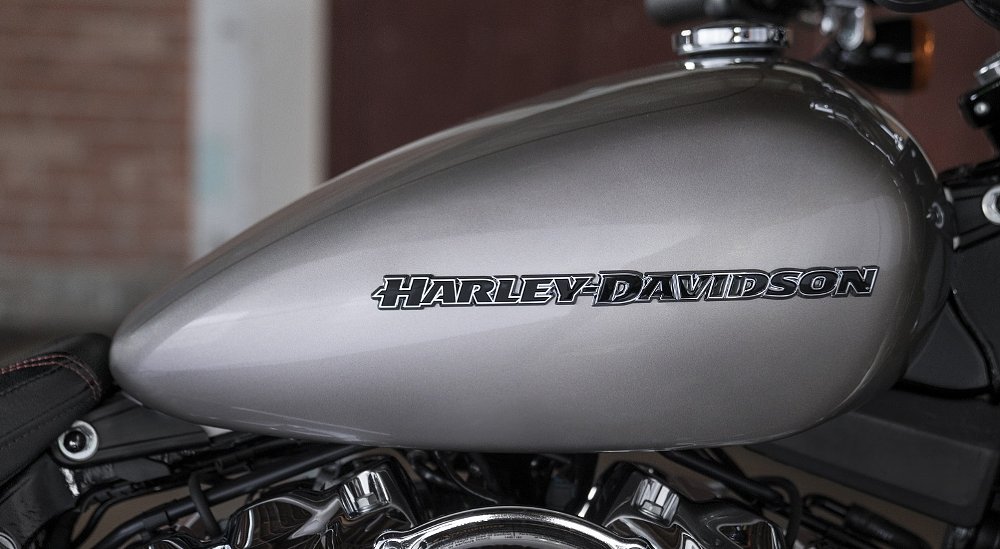As Harley-Davidson reports good financial news for the first quarter, with motorcycle sales up nine percent worldwide and a strong 30 percent in North America, it faces a new threat that could significantly hurt sales in Europe, which are already falling.
The European Union is set to impose a 56 percent tariff on all Harley-Davidson motorcycles beginning June 1. This is part of a trade dispute dating back to 2018 when the Trump administration in the United States introduced new steel and aluminum tariffs. The EU retaliated by slapping tariffs on such uniquely American goods as Kentucky bourbon and Harley-Davidson motorcycles. Harley-Davidson got around the tariff by selling in Europe bikes built in its factories outside the United States and paying only the usual six percent tariff. But now, the EU is adding a 50 percent tariff on all Harleys, regardless of place of manufacture, bringing the total tariff to 56 percent.
The company said it would take legal action to oppose the tariff. Also, there is a chance the Biden administration could work out a deal with the EU to reverse the trade disputes inherited from the previous administration, but there's no guarantee that will happen.
"This is an unprecedented situation and underscores the very real harm of an escalating trade war to our stakeholders on both sides of the Atlantic," said Harley-Davidson Chairman and CEO Jochen Zeitz. He said the tariff "goes against all notions of free trade" and will have a significant impact on the company. In its financial report on the first quarter, the company said the tariffs would have a negative impact of about $200 million to $225 million per year.
Harley-Davidson's statement also noted that European manufacturers selling motorcycles in the United States face an import tariff of up to 2.4 percent, less than half the usual six percent EU tariff and a lot less than the 56 percent set to take effect.
Good news at home, bad news abroad
Overall, Harley-Davidson's first quarter report was positive, with sales, revenue and profits all up. Worldwide retail motorcycle sales were up nine percent in the first quarter of 2021, compared to last year, but that was driven mainly by a strong 30 percent increase in North America. Meanwhile, sales in the EMEA (Europe, Middle East, Africa) region dropped 36 percent, to 4,900 motorcycles, as the company stopped selling Sportster and Street models in Europe. The company's share of the over-600 cc market in the EU is down to 3.9 percent (compared to 48.3 percent in the United States) and if the EU consumer's cost of buying a Harley-Davidson jumps another 50 percent starting June 1, it's easy to imagine another big plunge.
Harley-Davidson projected revenue growth of between 30 percent and 35 percent for the full year. Projections call for operating income margin of seven to nine percent — if Harley-Davidson can mitigate the effect of the EU tariffs. If it can't, margins are expected to be five to seven percent, as originally projected.
In other words, what happens in the EU is expected the make the difference between Harley-Davidson having the good year it expected or surprising to the upside with an even better 2021.









